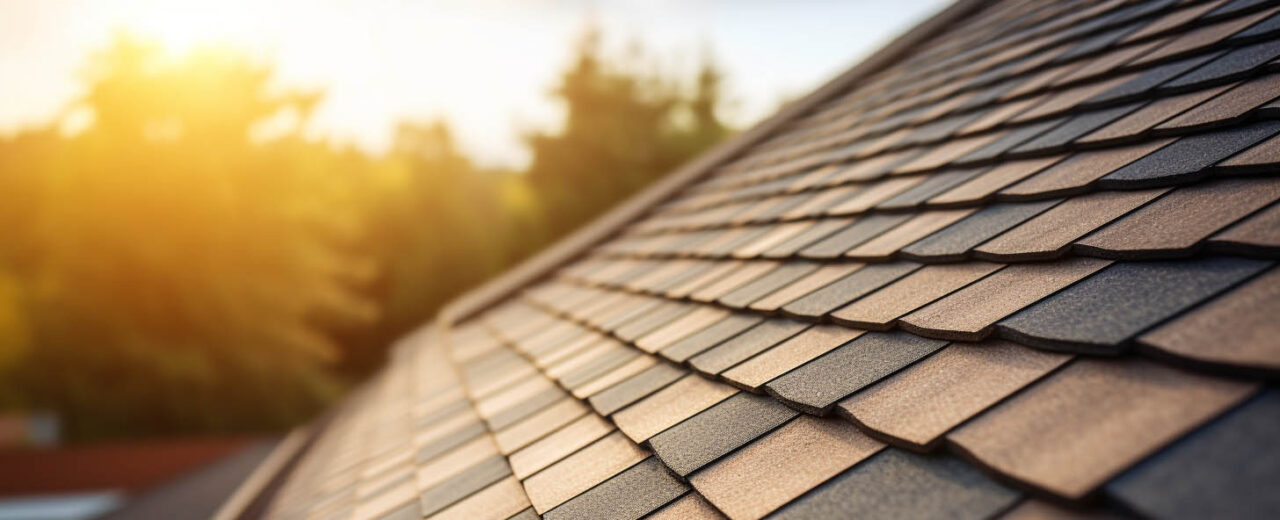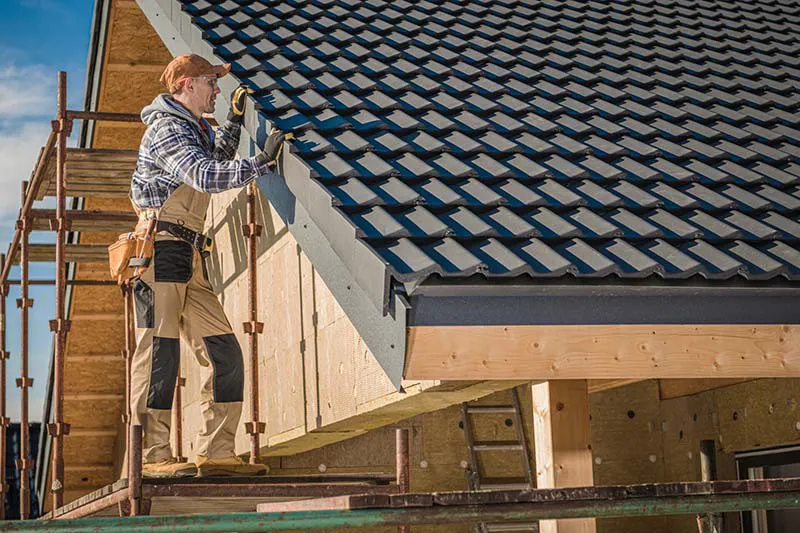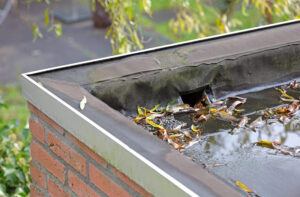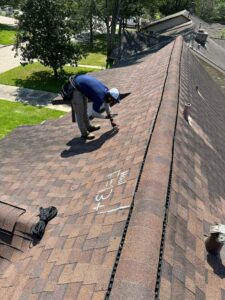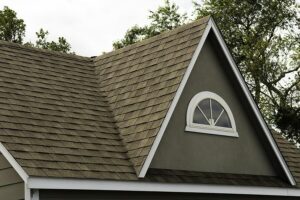Roof inspections are often associated with older roofs, but the significance of inspecting a newly installed roof cannot be overstated. Ensuring the longevity, functionality, and safety of your new roof is paramount. Here, we delve into the intricacies of why new roof inspections are crucial and the areas that demand meticulous attention.
The Imperative Nature of New Roof Inspections
While it’s tempting to assume that a new roof, with its gleaming shingles and pristine appearance, is devoid of issues, this is a misconception. Even the most expertly installed roofs can have minor oversights. For instance, during the installation process, nails might inadvertently be left behind, potentially causing leaks in the future. Such nuances might escape the untrained eye but are readily identified during a professional inspection by teams like those at The Roofing Center.
Moreover, post-installation inspections are not solely about identifying potential issues. They also serve to confirm that the installation was executed with precision, and that the cleanup and waste disposal were handled appropriately, ensuring no damage to the property.
Warranty Implications
Warranties play a pivotal role in the roofing industry. Many manufacturers necessitate an inspection post-installation as a prerequisite for warranty validation. Often, there’s a stipulated timeframe, typically within 90 days of installation, for this inspection to be conducted. This not only adheres to procedural requirements but also acts as a safeguard. Should there be any defective materials, early detection facilitates timely rectification, preventing larger complications down the road.
Highlighting Potential Installation Concerns
A primary focus of inspections is to pinpoint any installation anomalies. This encompasses issues like improperly sealed shingles, subpar flashing installation, or any other discrepancies that might compromise the roof’s integrity. Minute details, such as material debris or gaps between components, are also scrutinized. Additionally, inspectors are vigilant about potential leak sites, especially around elevated roof structures like chimneys.
Ventilation and Insulation: The Twin Pillars
A roof’s ventilation system is instrumental in determining its lifespan and energy efficiency. Inadequate ventilation can precipitate complications like moisture accumulation and mold proliferation. During inspections, the insulation, particularly in attics, is also assessed. Suboptimal insulation can exacerbate moisture problems and inflate energy costs.
Delving into Interior Aspects
Post-roof installation, certain interior regions warrant inspection. The attic, for instance, is examined for potential air leaks or moisture issues. Water stains on ceilings and walls can be indicative of prior leaks and are thus noted. Structural elements like rafters and trusses are also evaluated for any signs of deterioration.
Your Contribution to the Inspection Endeavor
While inspectors undertake a rigorous assessment, homeowners play an indispensable role in documentation. Retaining all pertinent documents, from invoices to warranties, is essential post a new roof installation. This documentation serves as a protective measure, ensuring peace of mind for the foreseeable future.
At The Roofing Center, our seasoned inspectors are committed to ensuring that your new roof stands the test of time. With our unparalleled roofing service in Salt Lake City, we prioritize early detection of potential issues. Entrust us with your roofing needs and experience the pinnacle of roofing excellence in Salt Lake City.

